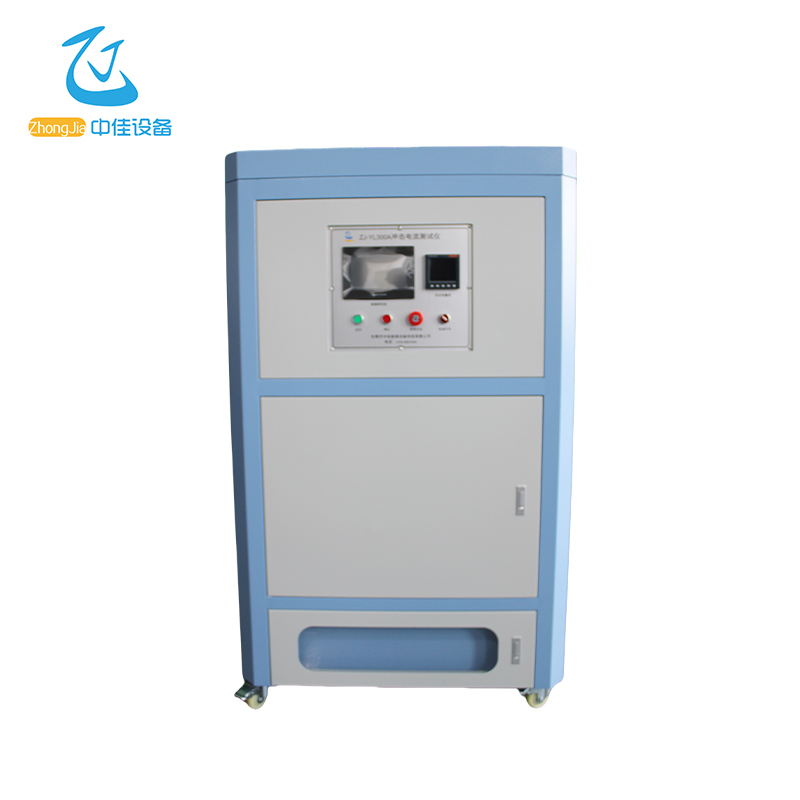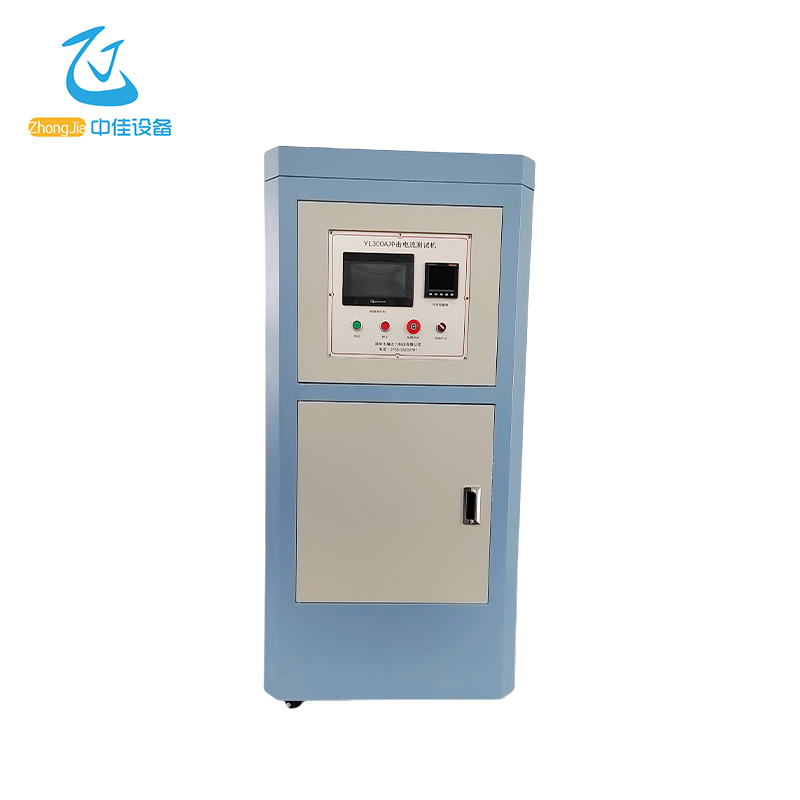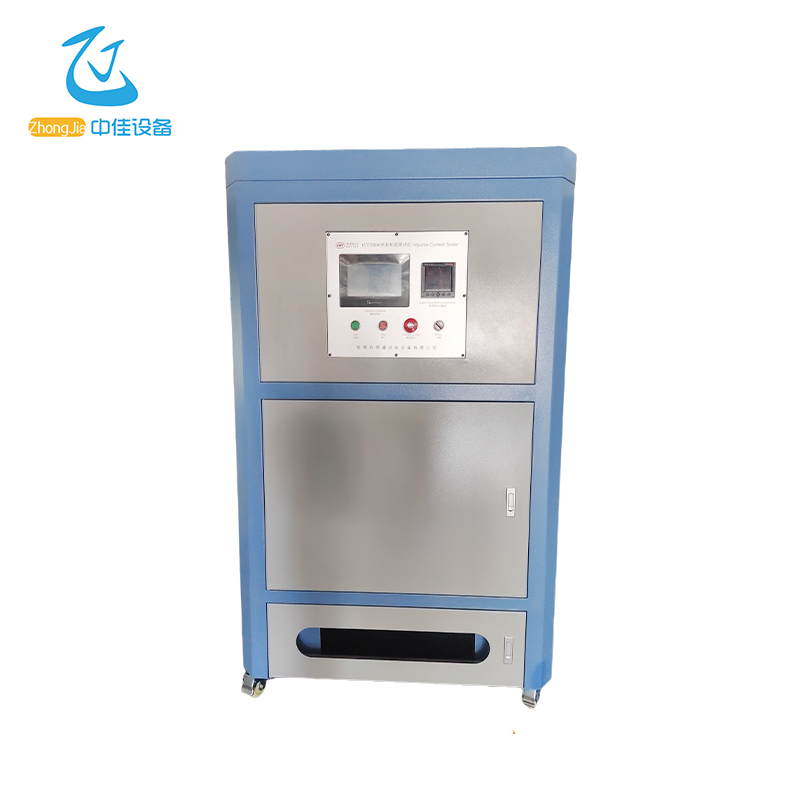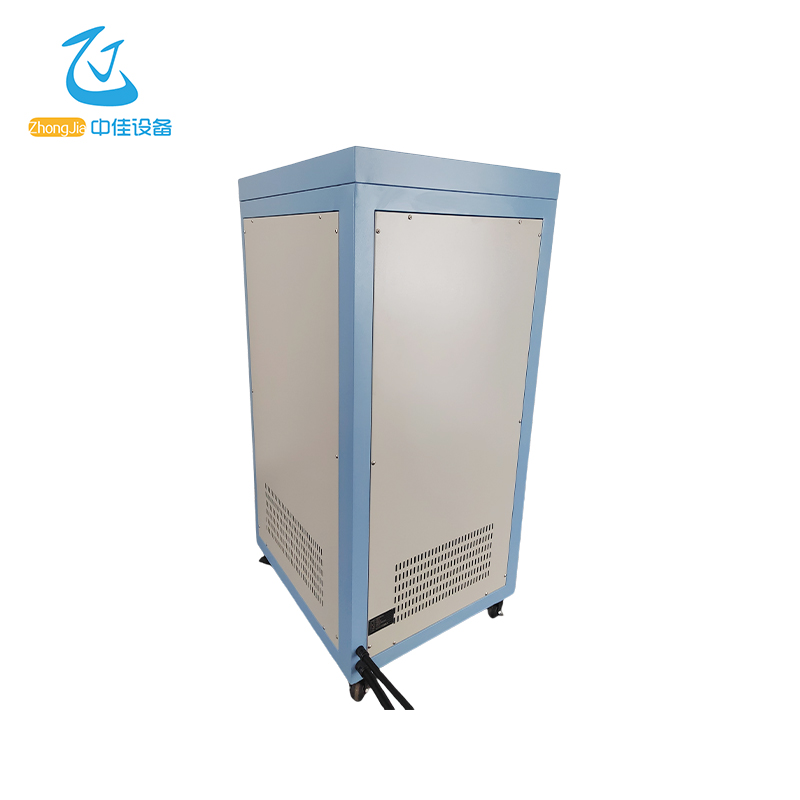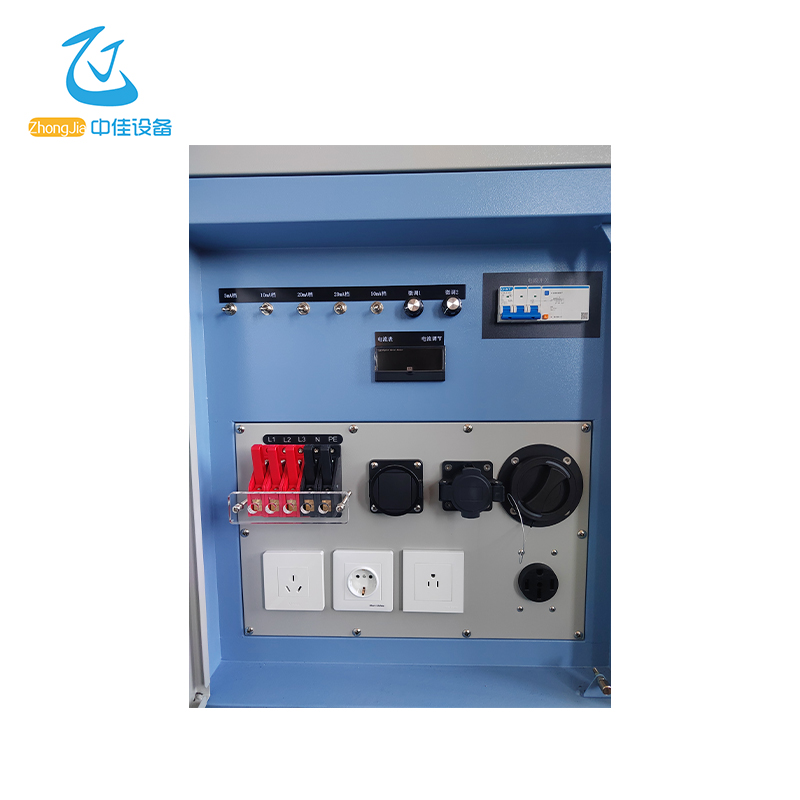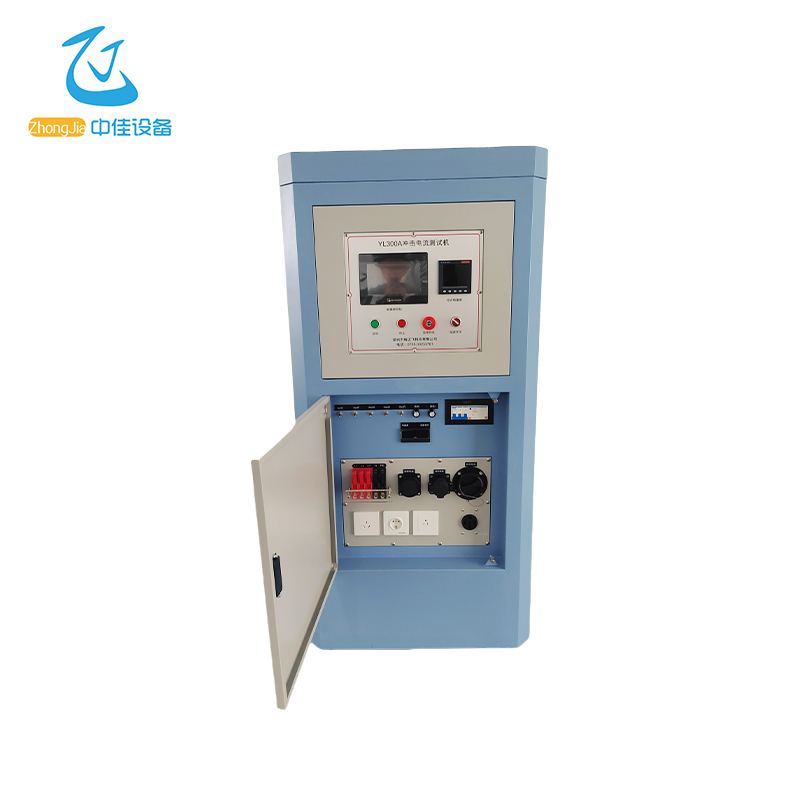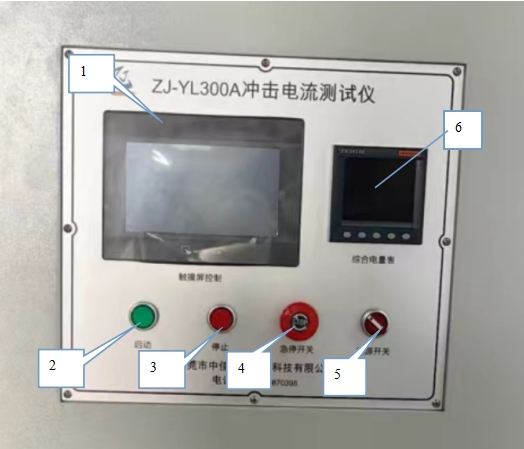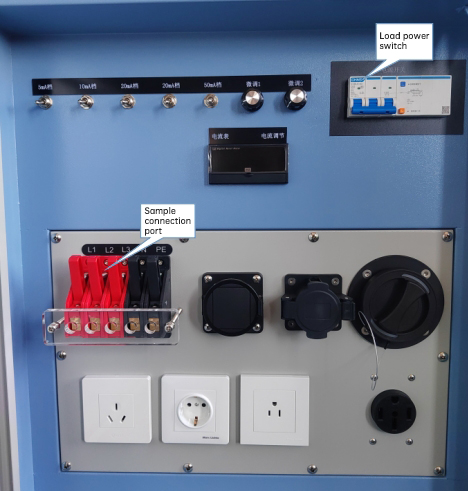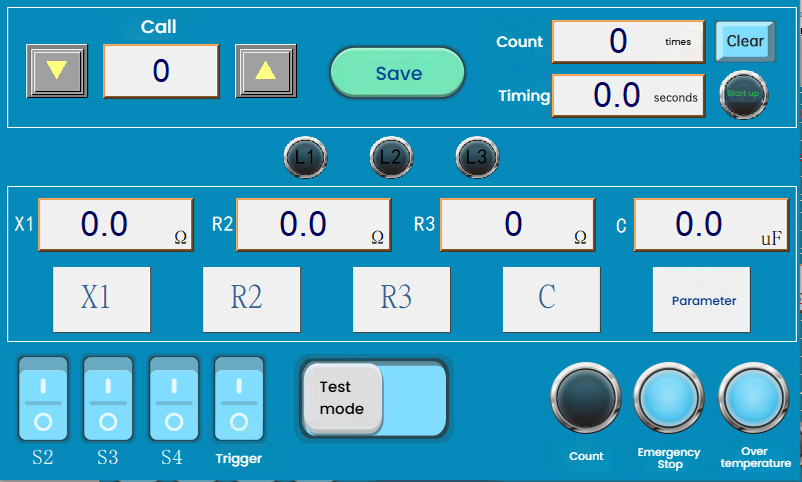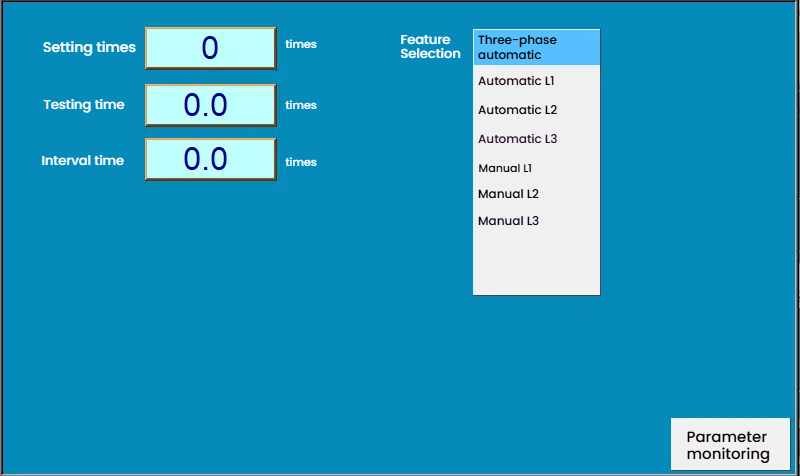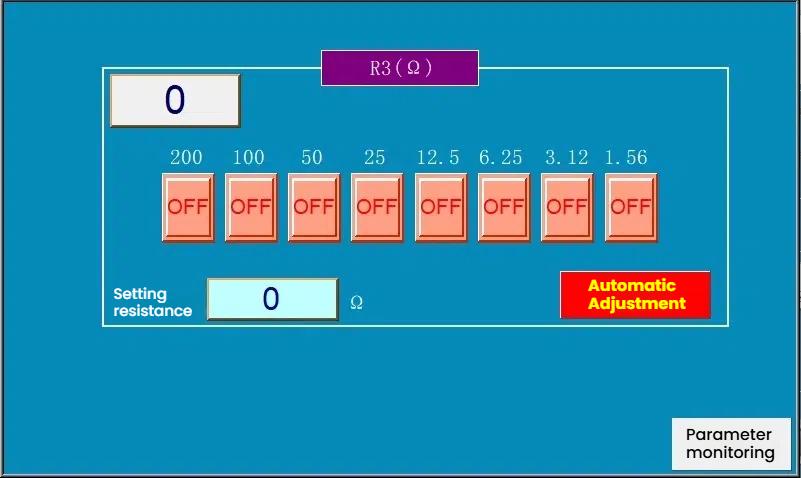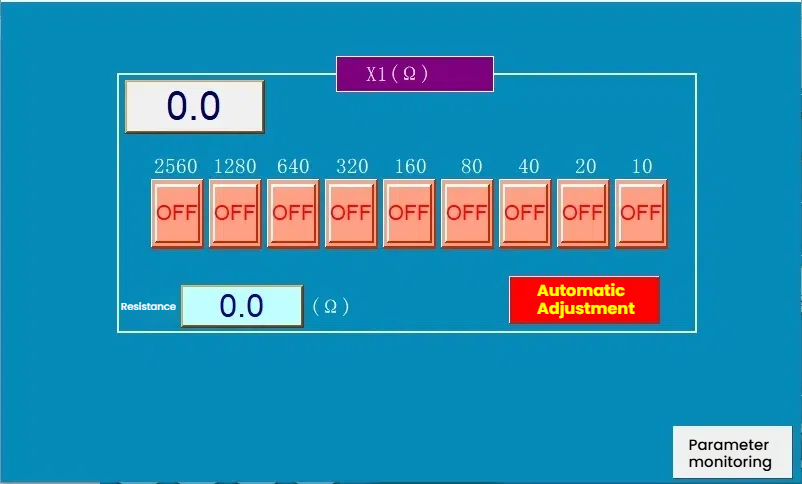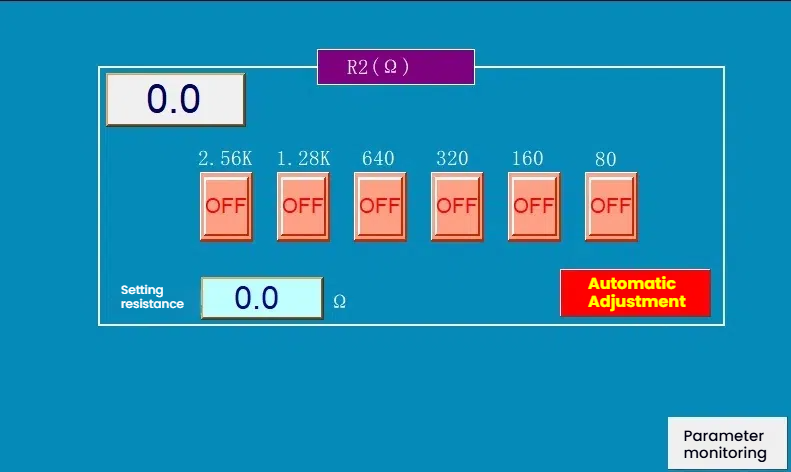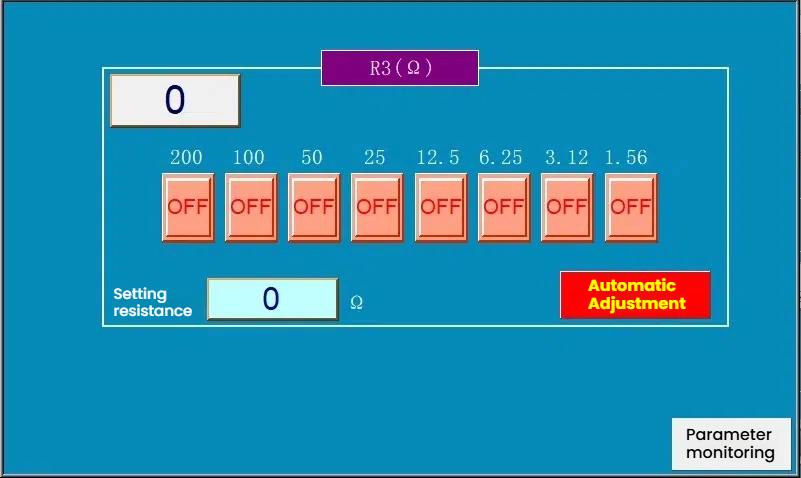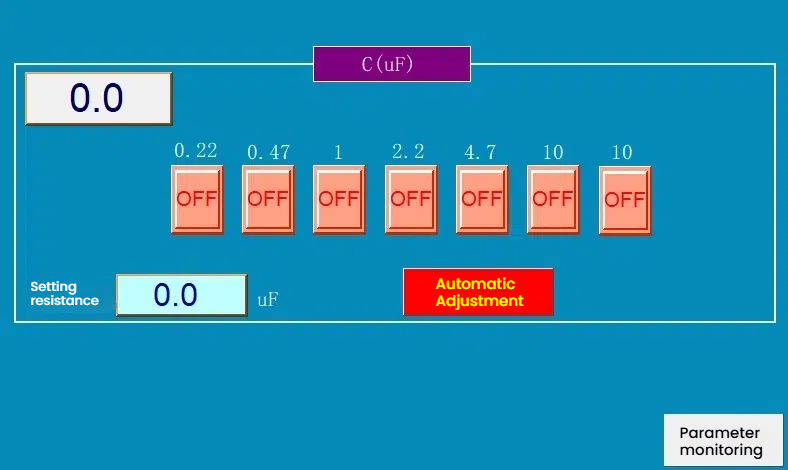Inrush Current
ZJ-YL300A
The impulse current tester produced by our company is made in accordance with the requirements of the standard IEC61851-1: 2017-02, version 3.0 Electric vehicle conductive charging system Part 1: General requirements Chapter 12.2.6.
The equipment is controlled by PLC+touch screen.
Meet the following standards:
According to ISO 17409: 2015 Section 8.2.2, AC electric vehicle supply equipment should be able to withstand surge current.
The following values are specified in ISO 17409:
• After closing the contactor in the electric vehicle supply equipment at the peak value of the supply voltage, the electric vehicle supply equipment should be able to withstand a peak of 230 A for a duration of 100µs.
• In the next second, the electric vehicle supply equipment should be able to withstand 30 A (RMS).
According to /EC TS 61439-7, compliance with this requirement can be verified by testing the entire electric vehicle supply equipment or a single switch device.
The protection device should be selected so that it will not trip due to the inrush current.


